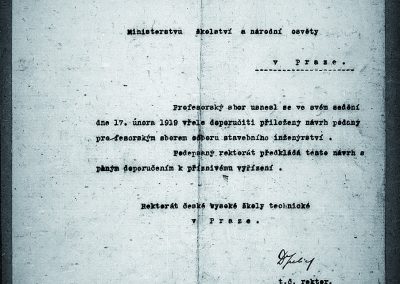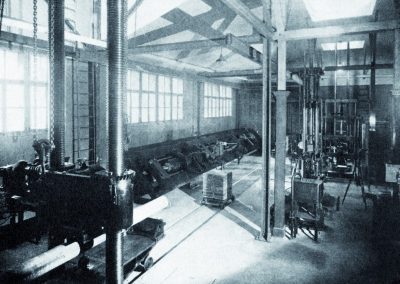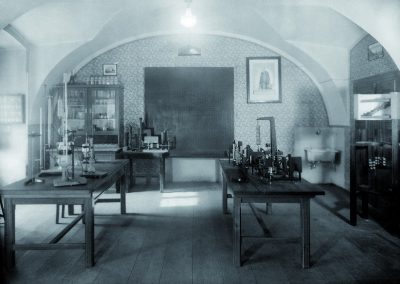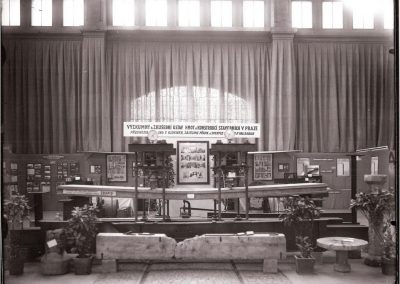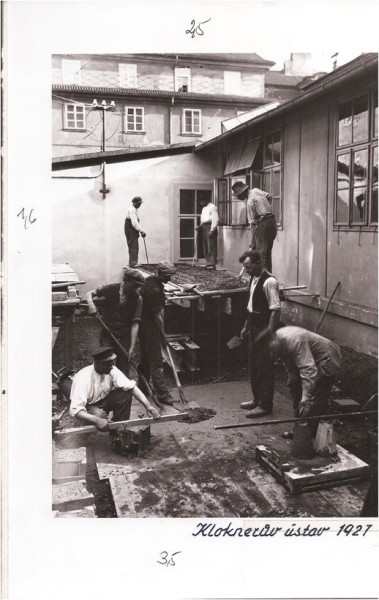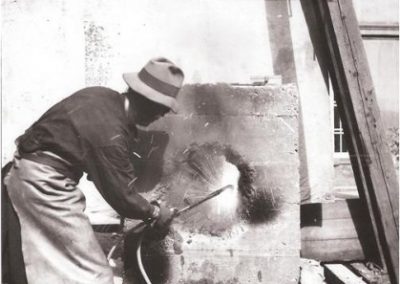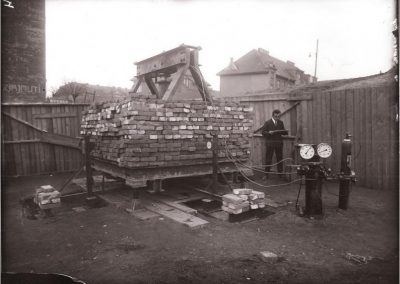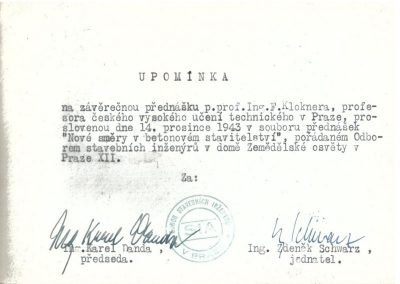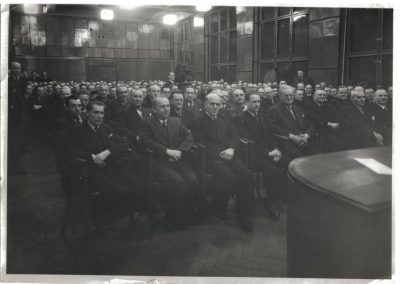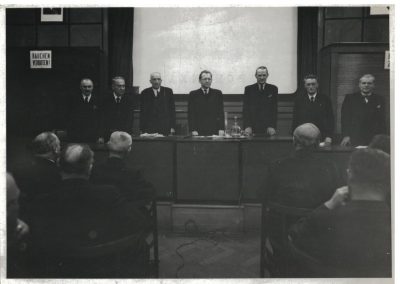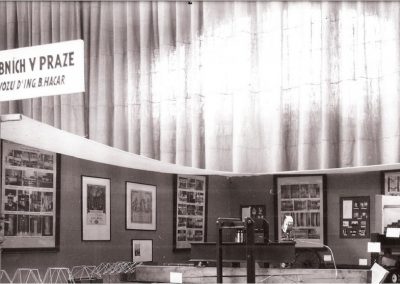History of the Klokner Institute
The Klokner Institute entered history as the first research institute within the Czech Technical University (CTU) in Prague and was one of the four oldest independent scientific institutions of this type in Europe. Today it is a self-sufficient institution combining scientific and research activities, which are closely linked to educational activities. In most of them, the KÚ has an exclusive and irreplaceable position not only within the CTU in Prague, but the entire Czech Republic.
The oldest and one of the largest research institutes in the field of civil engineering of the Czech Technical University in Prague.
The knowledge that further development in the economical use of buildings and building structures is no longer possible without their systematic research and testing (in addition to inspection) led František Klokner, then a forty-year-old associate professor, in 1912 to draw up a proposal for the establishment of an institute at the Czech Technical University in Prague. This institute would deal with research and testing of building materials and structures. Klokner’s proposal was submitted to the professorial staff of the Technical University for the former Ministry of Culture and Teaching in Vienna. The proposal was warmly supported, especially by Prof. Velflík and Prof. Šolín, and subsequently approved and forwarded to Vienna. However, the reluctance of the Austro-Hungarian authorities and the World War 1914-1918 postponed the implementation of this proposal until the new Czechoslovak Republic.
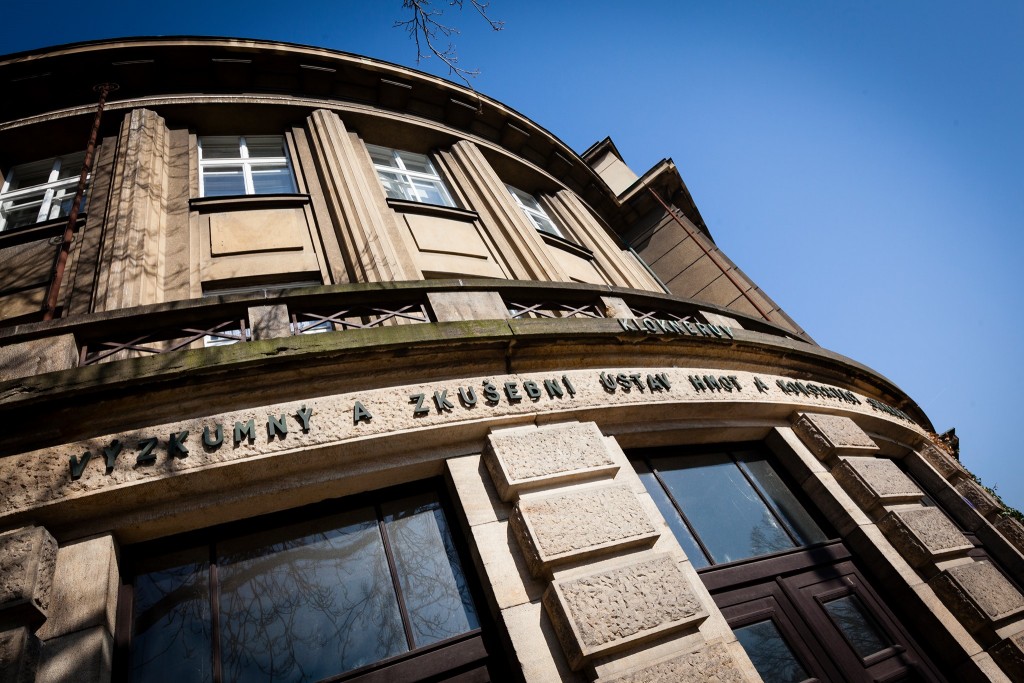
In 1919 a proposal for the establishment of a research institute was renewed and submitted to the Ministry of Education and National Enlightenment. On the grounds that such an institute was indispensable for the development of Czechoslovak construction and education, it was approved.
To find suitable premises for the new research institute, the situation was complicated. The old technical building on Charles Square did not meet normal school requirements, let alone for a space-intensive research institute. The situation was solved by building a wooden pavilion of 41 x 12 m floor plan from the war refugee camp in Chocni, which was donated by the Ministry of National Defence. However, the Institute had to share this modest shelter with the Institute of Mechanical Technology and the Research and Testing Station for mechanical testing of metals and structural components, which meant that from the beginning it worked in cramped quarters. In this wooden pavilion, the first testing equipment was installed in the summer of 1921, and in September 1921 the Research Institute of Materials and Structures began construction activities. However, the rapid and unsuspected development of the Institute soon showed the inadequacy of the wooden pavilion. Therefore, the Institute was allocated additional rooms, namely the basement and ground floor rooms of the main technical building, where the cement, concrete and stone laboratories were located, and later also the chemical and mechanical and carpentry workshops. Despite costly radical interventions and repairs, which were carried out twice at that time, the wooden pavilion almost collapsed in 1933 because the structure was attacked by woodworm. As there was no other place for the machines, the large hall with the testing machines was temporarily secured, while the other working areas were moved to the surrounding engineering buildings. At that time, a new building of the Czech Technical University in Dejvice was already under construction.
The Research and Testing Institute had already submitted a proposal for a separate building in 1926 in order to provide sufficient working space for research and development of building materials and constructions. However, this proposal, the correctness of which was confirmed by the development of building research over the next 20 years, was not accepted, on the grounds that new premises for the research institute were provided in the new technical building.
This decision led to the Institute’s cooperation with the designer of the new technology building in the overall layout of the allocated space and in the detailed location of the test machines and workrooms. This has resulted in one of the largest research institutes in Europe.
The Research and Testing Institute for Building Materials and Structures has evolved with the advancement of experience, the equipment of the institute, the number of employees and the scope of the work carried out. The field of work and the number of employees gradually expanded and deepened with the increasing demands of construction practice.
Today, the Klokner Institute not only focuses on research tasks in the field of civil engineering, but also on some specialisations in mechanical and chemical engineering and energy. The main task is scientific and research activities, closely linked to educational activities. The Institute supports activities in the professional-commercial field of national and international standardisation. In most of these activities it has an exclusive and irreplaceable position not only within the CTU in Prague, but also in the whole Czech Republic.
The Institute consists of four specialist departments, an accredited laboratory and, since 1986, a forensic department in the field of construction. This department provides diagnostics, failure analysis and testing of concrete, steel, wooden and masonry buildings and their parts.
The results achieved in the last period demonstrate the privileged position of the Institute both in the Czech Republic and in the world, especially in the areas of: theory of reliability of building systems, diagnostics, monitoring and evaluation of structures, mechanics of composite materials, development and verification of new technologies of concrete and new building materials, degradation of reinforced concrete and masonry structures due to the external environment and methods of their rehabilitation, design of modern structures, seismic and wind engineering.
The mechanical testing rooms of the Institute are equipped with a range of testing equipment, connected to a measuring centre or a portable PC. In order to enable the Institute to fulfil both scientific research and expert contracts, considerable funds have been made available for unique instruments.
An important contribution of the Klöckner Institute is the development of international cooperation in research and standardisation. The institute is the managing body for the Czech Republic’s participation in a number of international institutions, and is actively involved in others.
Among the important activities of the Institute are expert activities for entities in the Czech Republic and for foreign customers. As part of this activity, the Klokner Institute’s staff performs more than 500 expert opinions and expertise annually. Significant events include. Mechanical tests of ceramic, glass and plastic insulators (for NGK Japan, IAC Malaysia, PCI Austria, SEFAG Switzerland, CERAM Austria, France and Slovakia), tests of elements and whole sections of special decorative grilles for the Louis Vuitton building in Paris (Sipral), control mechanical tests of cut-out elements of Spirol concrete panels (for fu Goldbeck Prefabeton Germany), tests of concrete pipes with a diameter of DN 600-800 mm (for fu EUROBETON Maba Austria), passporting of buildings affected by the new construction of the metro line, vibration measurements of the TG1 turbine-generator foundation in the heating plant in Kralupy nad Vltavou, desulphurisation absorbers in the Dětmarovice power plant, chimney foundations in the Vřesová heating plant, in the Motol hospital in Prague, structural and technical surveys in the embassy building in the USA and Japan, cooling towers and chimneys in ČEZ and State Material Reserves plants, bunker construction in Vřesová, Slaný barracks, emergency digestion tanks of the WWTP in Prague – Troja, metro stations (Florenc, Vltavská and many others), static load tests of road and railway bridges (for Metrostav a. s., SSŽ a.s., SMP Construction a.s., Skanska a.s., Bogl a Krýsl k.s.).
The Klokner Institute has strong ties to the construction industry and plans to continue to benefit both the industry and its parent college. It wants to share its experience and the results of its scientific research with the younger generations of civil engineers and to transfer them to civil engineering practice. The Institute trains PhD students in two fields: the science of non-metallic materials and building materials and the theory of structures.
Institute Directors:
- 1921 – 1939: F. Klokner
- 1940 – 1960: B. Hacar (1953 establishment of the CSAV)
- 1961 – 1963: A. Myslivec (1963 division of the Institute)
- 1963 – 1967: J. Mudra
- 1967 – 1968: J. Ducháče
- 1968 – 1970: J. Klimeš
- 1971 – 1974: M. Holler
- 1974 – 1985: J. Feigerle
- 1986 – 1990: J. Pechar
- 1990 – 1997: P. Novák
- 1997 – 2010: T. Klečka
- 2010 – present: J. Kolísko
Founder of the Research and Testing Institute of Building Materials and Structures
FRANTIŠEK KLOKNER (10.11.1872 – 8.1.1960)
On the occasion of his 75th birthday, the Institute was named the Klokner Research and Testing Institute for Building Materials and Structures to permanently commemorate his immense work associated with both the building and the initial management of the Institute.
His name will always shine through to the staff of the Institute as a model of a tireless researcher and careful manager, distinguished by rare qualities of work and character.
Academician František Klokner was born on 10 November 1872 in Prague-Karlín as the son of a blacksmith. In 1885 he entered the real school in Karlín, where he passed the matriculation exam with honours in 1892. He then studied simultaneously at the University of Civil Engineering and Agricultural Engineering. In 1896 he graduated in agricultural engineering and in 1898 in civil engineering, both with honours. During his studies he had to support himself, as his father died soon after.
From 1897 he was assistant to his great teacher, Prof. Šolín, whom he represented during his illness in lectures on elasticity and strength and on stereotomy. From that time came his proposal of regulations for the static design and construction of masonry factory chimneys. At the same time, he was also a designer of the Fanta and Jireš bridge factory, in the field of assembly and execution of steel structures. Later he worked as a designer at the Prague Bridge Works at the First Czech-Moravian Factory in Prague on steel construction projects, both for the domestic and foreign markets. His designs were not limited to the usual solutions. After this rich practical activity in the field of steel structures, Eng. Fr. Klokner took up his teaching career, to which he remained faithful until his retirement.
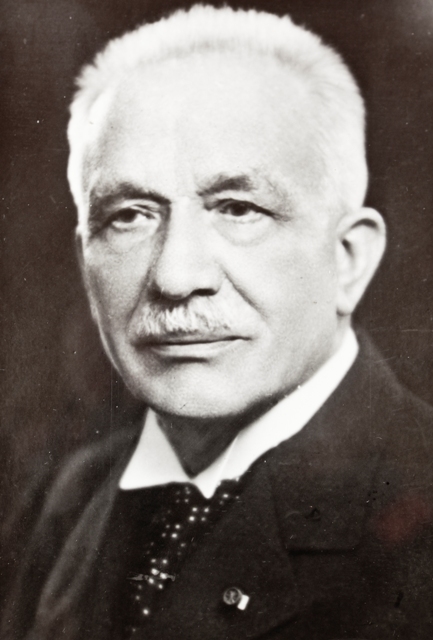
From 1902 he worked in Pilsen as a professor at the state industrial school. In 1908 he moved to the civil engineering department of the Czech Technical University in Prague. In 1909, after a short period of substitution, he was appointed an extraordinary professor of civil engineering in the field of reinforced concrete and steel construction. In addition, he lectured on structural mechanics (with Professor Zdeněk Bažant), concrete structures for water structures and finally statics of civil engineering at the Architectural College. In 1917 he was appointed full professor of reinforced concrete and steel structures for civil engineering and served in this capacity until 1939, when he was forced into early retirement by political events during the occupation. In terms of teaching, he was the first to lecture on concrete construction in the Czechoslovakia. He published numerous publications, which he supplemented with the latest knowledge. During his time at the university, he educated several thousand engineers, some of whom became his successors at universities, while others excelled in construction practice both at home and abroad. He assisted in the construction industry at every point, whether the work was entirely new, out of keeping with existing methods of design, or endangered by any influences.
He never refused anyone who came to consult him, and always watched with full understanding the activities of his former pupils. By his initiative he became the originator of several fundamental standards in the field of concrete and steel construction, thus bringing uniformity and economy to the design, execution and inspection of structures.
His literary, organizational, standard-setting, consulting, research and teaching activities are extensive.
During his tenure at the College of Civil Engineering, he was twice its dean and from 1928 to 1929 the rector of the Czech Technical University. From the foundation of the research institute in 1921 he was its head until 1939, when he retired. But even then he followed the work and further development of the institute, whose head in 1940 became doc. Eng. Dr. Bedřich Hacar. He was always involved in the further growth of the Institute with his experience and encouragement. On the occasion of his 75th birthday he was appointed Honorary Doctor of Technical Sciences. In 1952, he fully participated in the preparatory work for the creation of the Czechoslovak Academy of Sciences. For his meritorious work he was appointed an academician in 1953. In the academy, he brought to life a scientific and technical society and helped to organize the Institute of Theoretical and Applied Mechanics of the Czechoslovak Academy of Sciences.
He also created numerous other important institutions, such as the Czech Technical Matrix, the Masaryk Academy of Labour, the Czechoslovak Union for Research and Testing of Technically Important Substances and Structures, and the Concrete Society.
For his services to Czech technology, he was awarded the Order of the Republic by the President of the Republic in 1959.
Academician František Klokner died on 8 January 1960 in the middle of his work, in which he remained until the last moments of his rich and fruitful life.
